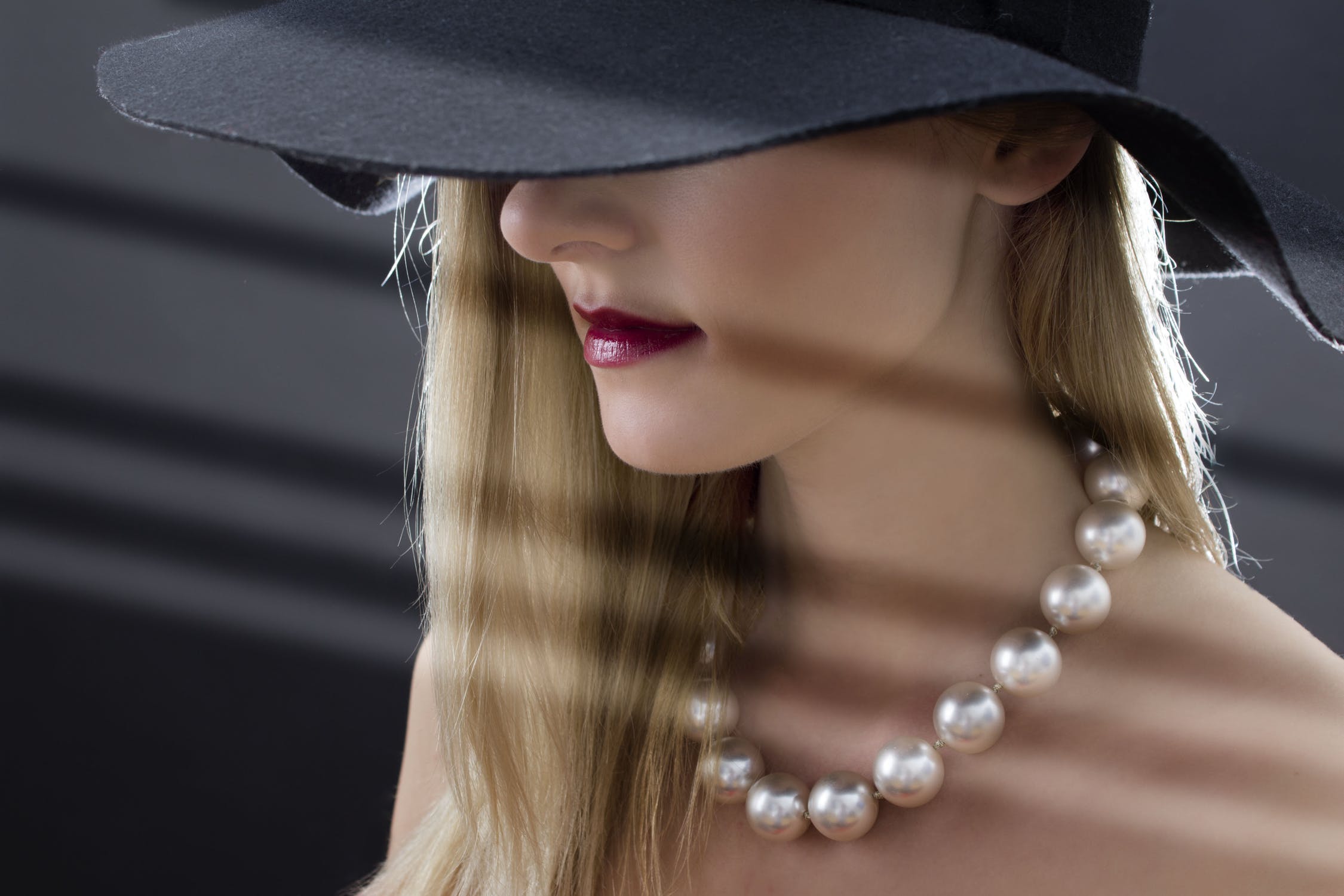Choosing the perfect pearl necklace involves many different things, including what you plan to use it for, what is attractive to you, and the amount you can afford to what you want.
The first thing to decide is what sort of necklace you want. There are several different lengths, each with a particular use. The lengths include:
- A collar length – lying directly against the throat
- A choker length – lying against the base of the neck
- The princess length – lying near the collarbone
- The matinee length – lying 20-24 inches long
- The opera length – lying 30-36 inches long
- The rope length – the longest of all, lying longer than 36 inches long
Each of these lengths can be found at PearlsOnly.com, as well as many other pieces that can go with these, or stand alone. Some of these pieces include necklaces, earrings, pendants, and bracelets. Many jewelers provide carved pearls showcasing an artist’s skill, for a unique piece, with a corresponding price.
When choosing a pearl necklace, the quality of the pearl used is important. The degree of quality determines the price in part, though eliminating the middle person and buying direct is also important. Pearls at PearlsOnly.com are graded on the following characteristic qualities:
- Luster
- Surface Perfection
- Shape
- Color
- Size
The quality of the nacre from the shellfish, from which the pearl comes, makes the quality of the luster of the pearl. Luster refers to the light reflected from its surface as well as the reflection of its inner light. Luster is part of what gives the pearl its exquisite beauty. It lends to its classic look.
Shape is another quality that determines the beauty of the pearl. There are many shapes available, and, as with anything else, the rarer the shape is, the more valuable it is. Perfectly round ones are the rarest, and the most desired. Other shapes from South Sea pearls, which are now rare, are also favored. These shapes include button, tear drop, oval, and baroque.
Color is another determining factor in value. The color varies according to the oyster in which they grow. Again, the rarer the shade or color, the more valuable is the pearl. Colors can range from cream, pink, and grey, to black, green, and blue. White and pink are the most popular colors in the Akoya. In the rarer South Sea pearl, the rarest colors are peacock green and gold. While color is dependent on preference, any color should be rich and evenly distributed throughout.
Another selection that determines the perfect pearl is size. Though it doesn’t affect quality, it does affect price, and also are a matter of preference. Large pearls are more expensive than smaller ones because they are rarer. The oyster can reject a larger one, making them a rarity. Akoya pearls are usually 3mm to 10mm in diameter while the South Sea pearls range from 8mm to as much as 18mm.



















